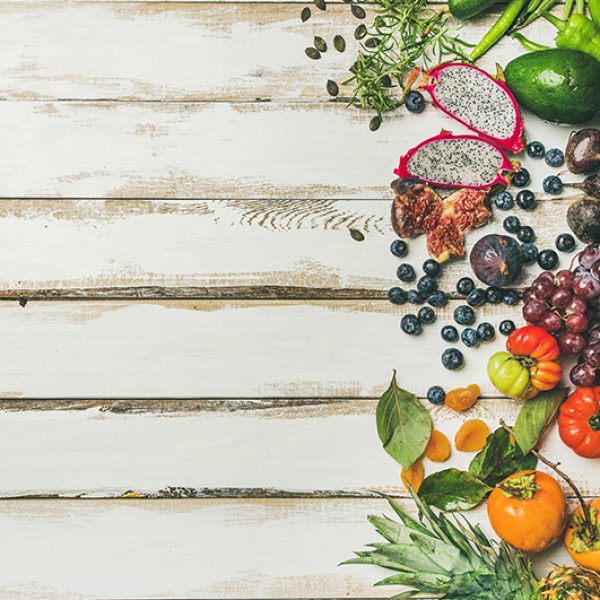

5 Colourful Superfood Powers!
What is a “superfood”? When a food is referred to as “super”, it means that in its natural habitat the food typically wears a cape. Of course, this isn’t true but it should be! In reality, a superfood is one that is dense in nutrients, vitamins and antioxidants.
Taste the Real Colours of the Rainbow
Fruit & veggie superfoods contain powerful chemicals primarily in their colourful skins called phytonutrients, which help us in several ways. Other superfoods like chia or hemp seeds will also contain powerful disease-fighting properties like fruits and veggies, helping our bodies to maintain a healthy balance by providing the following benefits:
1. Antioxidant abilities: helps reduce oxidative damage caused by factors such as environmental and dietary toxins.
Example food: green veggies such as kale, wheatgrass or a good quality powdered greens supplement!
2. Cardiovascular protection: antioxidants, phytonutrients and fiber have been shown to reduce cholesterol in the blood and in turn can reduce the risk of cardiovascular disease.
Example food: blueberries and chia seeds!
3. Anti-inflammatory properties: the consumption of phytonutrients and the subsequent urinary concentration of polyphenols (a large class of phytonutrients) has been linked to lower levels of inflammatory markers, along with a decreased risk of dying. Not too shabby eh? After all, NOT dying is the goal, isn’t it?
Example food: turmeric!
4. Anti-aging agents: Ah ha! NOW I’ve got your attention. Antioxidants, especially when eaten as the whole fruit or vegetable, contribute to a healthy and youthful external appearance as well as (and even more importantly) a healthy and youthful inside. Vitamin C is an important factor in the production of collagen!
Example food: cranberries!
5. Prebiotic power: Phytonutrients are now classified as prebiotics, meaning they act as food for the good bacteria in our gut. What happens when intestinal bacteria are well-fed and happy? They keep us healthy- physically and mentally.
Example food: beets or spirulina (for an added benefit, look for the fermented versions of these foods or ingredients)